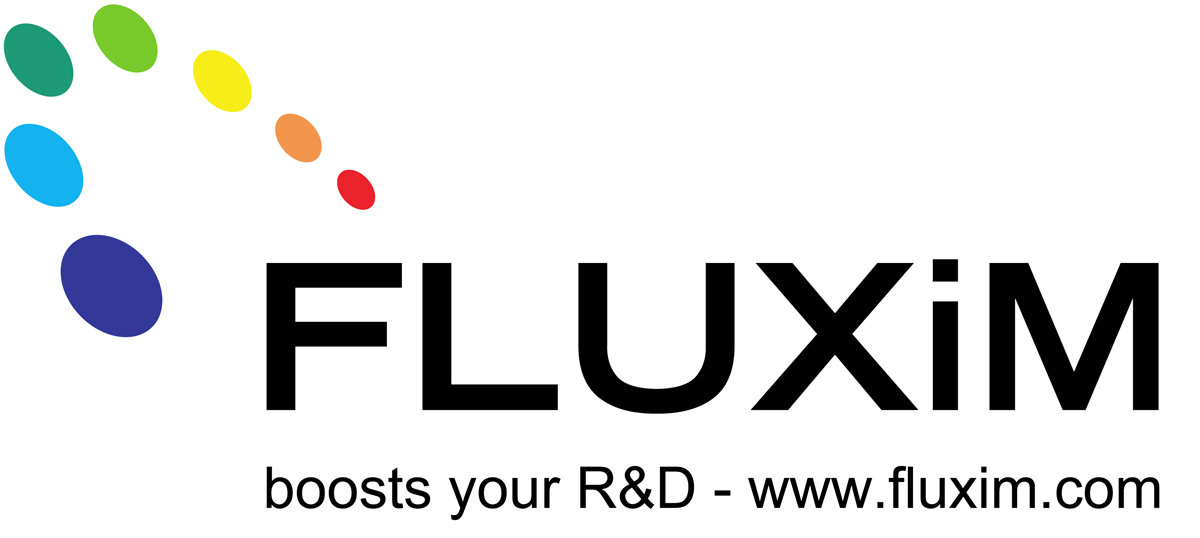List of contributions
28th Workshop on Quantum Solar Energy Conversion - (QUANTSOL 2016)
March 13-19, 2016, Rauris, Österreich
|
| |
|
Monday 14.3.2016
- Uwe Rau, IEK5-Photovoltaik, Forschungszentrum Jülich, 52425 Jülich, Germany
Detailed balance analysis of photovoltaic devices and materials
- Adi Salomon, Department of chemistry, institution of nanotechnology Bar-Ilan University, Israel
Three-Dimensional Metallic Networks - 'Nano Netals'
- Nicolas Ekin-Daukes, Imperial College London, U.K.
Quantum Heterostructure Solar Cells
- David Cahen, Weizmann Institute of Science, Israel
What's so special about metal halide perovskites?
- van Grondelle,
Quantum Design of Photosynthesis
- Carsten Deibel, Institut für Physik, Technische Universität Chemnitz, 09126 Chemnitz, Germany
Electrons meet holes in organic solar cells: or why and how they don't (so much)
- Katarina Dohnalova, Vrije Universiteit Amsterdam
Towards enhanced absorption and emission with silicon
- Piers Barnes, Department of Physics, Imperial College London
Unravelling hysteresis in hybrid perovskite solar cells with transient optoelectronic
- Antoine Kahn, Department of Electrical Engineering, Princeton University, Princeton NJ, 08544, USA
Correlation between interface energetics and open circuit voltage in organic and hybrid photovoltaic cells
- Robert Lovrincic, Institut für Hochfrequenztechnik, TU Braunschweig, 38106 Braunschweig (Germany)
What can we learn about lead halide perovskites from infrared spectroscopy?
Tuesday 15.3.2016
- Robert Alicki, Institute of Theoretical Physics and Astrophysics, University of Gdansk
Solar cell as a self-oscillating heat engine
- Thomas Kirchartz, 1IEK5-Photovoltaik, Forschungszentrum Jülich, 52425 Jülich, Germany
Recombination in Perovskite Solar Cells
- Ellen Moons, Department of Engineering and Physics, Karlstad University, SE-651 88 Karlstad, Sweden
The impact of materials photo-degradation on the properties of polymer based solar cells
- David Egger, Department of Materials and Interfaces, Weizmann Institute of Science,Rehovoth 76100, Israel
Ionic Diffusion in Lead-Halide Perovskites from First-Principles Calculations
- Johannes Messinger, Department of Chemistry, Kemiskt Biologiskt Centrum (KBC), Umeå University, Sweden
Driving force for solar water oxidation in biology
- Gavin Conibeer, UNSW, Australia
Hot Carriers Effects in Solar Cells: harvesting energy from non-equilibrium states
- Roel van de Krol, Helmholtz-Zentrum Berlin für Materialien und Energie GmbH, Institute for Solar Fuels, Germany
Surface Passivation or Catalysis? Some Surprising Observations for CoPi-Catalyzed BiVO4 Photoanodes
- Daniel Vanmaekelbergh, Unviersity of Utrecht, Utrecht, the Netherlands
Delayed exciton emission in CdSe nanocrystals, from 0-D quantum dots to 2-D platelets
- Kees Hummelen, Zernike Institute for Advanced Materials, University of Groningen, TheNetherlands
Investigations on Organic OPV materials with increased dielectric constant
- Alan Heeger, University of California, Santa Barbara USA
The Electronic Structure of Semiconducting Polymer Field Effect transistors with Mobility Approaching 100 cm2 /V-s
Wednesday 16.3.2016
- Klaus Lips, Helmholtz-Zentrum Berlin für Materialien und Energie, Berlin, Germany
Multi-exciton generation via Singlet Fission - In search of charge separation in Tetracene/c-Si hybrid solar cells
- Ekaterina Skorb, Max Planck Institute of Colloids and Interfaces, Potsdam, Germany
Light controlled processes at semiconductor / polyelectrolyte interfaces
- Carmen Rothschild, Russell Berrie Nanotechnology Institute, Technion, Israel
3% conversion efficiency in Thermally Enhanced Photoluminescence (TEPL) illuminated solely by sub-bandgap photons.
- Lioz Etgar, The Hebrew University of Jerusalem, Israel
Highly efficient Hole conductor free perovskite based solar cells
- Jessica Rodriguez, Department of Physics and Center for Nanoscience (CeNS), Ludwig-Maximilians-Universität München, Germany
Semiconductor type II nano-heterostructures Through cation exchange reactions
- Enrique Canovas, Max Planck Institute for Polymer Research, Mainz, Germany
Biexciton dissociation efficiency at Quantum Dot-Oxide Interfaces
- Patriba Nayak, Clarendon Laboratory, Department of Physics, University of Oxford, United Kingdom
Development of lead-free stable hybrid organic-bismuth halide perovskite for photo-voltaic application
- Eva Unger, Department of Chemistry, Division of Chemical Physics, Lund University, Sweden
Organo-metal-halides: dynamic materials for solar energy conversion
- Elizabeth von Hauff, Department of Physics and Astronomy, Vrije Universiteit Amsterdam
Good vibrations in molecularly doped polymers: combining impedance and Raman spectroscopy to elucidate intermolecular interactions
- Norbert Koch, Institut für Physik & IRIS Adlershof, Humboldt-Universität zu Berlin, Germany
How Fermi level pinning impacts the energy level alignment at interfaces with organic semiconductors
Thursday 17.3.2016
- Tom Markvart, University of Southampton, UK
Of dipoles, films and interfaces : enhancing the capture of sunlight
- Vanni Lughi, Department of Engineering and Architecture - University of Trieste, Italy
An up-conversion layer with a quantum-dot-in-a-matrix nanostructure: a fully colloidal synthesis
- Radim Beránek, Institute of Electrochemistry, Ulm University, Germany
Coupling of light absorbers with co-catalysts for enhanced photo(electro)catalysis
- Iris Visloy-Fisher, Department of Solar Energy and Environmental Physics, Blaustein Institutes for Desert Research, b Ilse Katz Inst. of Nano-Science and Technology, Ben-Gurion University of the Negev, Israel
Accelerated Stability Testing of Perovskite Photovoltaic Materials Reveals Dependence on the Halide Composition
- Ivana Validzic, Vinca Institute of Nuclear Sciences, University of Belgrade, Serbia
Cheap and weak/low light effective Sb2S3 - based hybrid solar cell
- Saibal Sarkar,
Inorganic electron and hole conductor for perovskite solar cells - enhancing the device stability
- Thomas Hannappel, Ilmenau University of Technology, Germany
In situ interfacial functionalization of III-V tandems for efficient water splitting
- Klaus Jäger, Helmholtz-Zentrum Berlin für Materialien und Energie GmbH, Germany
Sinusoidal Nanotextures for Enhanced Light Management in Thin-Film Solar Cells
- Ajay Kandada,
Photo-excitation dynamics in lead-halide perovskites
- Gary Hodes, Dept. of Materials and interfaces, Weizmann Institute of Science, Israel
An irreverent history of science
Friday 18.3.2016
|
|
Acknowledgements
| The Workshop is sponsored by:
| 
and by

|
|
|
© by the authors of each contribution
Abstracts available online March 1, 2016
last updated 6.3.2016 |
|
|
|